For many years, photography was strictly a monochromatic medium. While images offered people detailed depictions of people and places, without color, some people found photographs to be incomplete. In a new video, Vox shares the history of colorized photos and the important role Japan played in the colorization of black and white images.
Japan’s role in the international economy throughout the 18th and 19th centuries was tumultuous, at best. For over 200 years, Japan had closed itself off from the rest of the world, forbidding many from entering the island country. However, a United States naval expedition of warships arrived on Japanese coasts in 1854 and the US forced Japan to open its ports to foreign enterprise and visitors. Travelers and enterprising individuals from around the world traveled to Japan to visit and open businesses. As Vox notes, photography became a burgeoning industry.
 |
Foreign photographers such as Felice Beato and Baron Raimund von Stillfried opened photo studio operations in Japan. Rather than sell customers monochrome images, which were all they could produce with their cameras of the day, photographers like Beato and von Stillfried hired local artists from the ukiyo-e woodblock industry to apply watercolors to black and white prints. Eventually, some of these artists branched out their own.
Time doesn’t stand still, and photography technology became more affordable and amateurs were able to capture their own images, leading to a downturn in the Japanese souvenir photo industry. However, the hand-colored photos from 19th century Japan have had a long-lasting impact. In the video below, Vox shares insight into the history of colorized photos in Japan and shows off beautiful examples that highlight what made, and continues to make, colorized images from Japan so desirable but also potentially problematic in informing a complicated understanding of Japan in the 19th century.
 |
As the video above showcases, when Japanese apprentices branched out from foreign-owned photography studios, some opted to create elaborate depictions of historic Japanese culture to sell to foreigners. One of these apprentices that started his own photography operation was Kusakabe Kimbei. In his work, it’s clear how meticulously crafted some images were, with Kimbei even going so far as to simulate rain using scratches on glass plates and pinning a subject’s clothing to the background to create the appearance of wind. These techniques and resulting images draw on various tropes in traditional Japanese fine art. There are many similarities in composition and subject matter between traditional ukiyo-e woodblock prints and 19th century colorized photos.
The topic brings to light a very interesting discussion on how photography shapes the understanding of a place and time. People often think about photos as realistic representation, whereas a painting doesn’t carry the same weight nor birth the same expectations. However, the early era of the Japanese photo industry was, of course, a for-profit endeavor. Photographers, both foreign and Japanese, wanted to sell a certain idea of Japan to outsiders, and this meant staging scenes, relying on outdated dress and even capitalizing on stereotypes.
If you’d like to learn more about this intriguing topic, Vox offers suggested reading. A Good Type: Tourism and Science in Early Japanese Photographs by David Odo. Sites of ‘Disconnectedness’: The Port City of Yokohama, Souvenir Photograph, and its Audience by Mio Wakita-Elis. Photography in Japan 1853-1912 by Terry Bennett. To view more videos from Vox, including other videos in their ‘Darkroom’ series which shares insight into the history of photography, click here.
Articles: Digital Photography Review (dpreview.com)




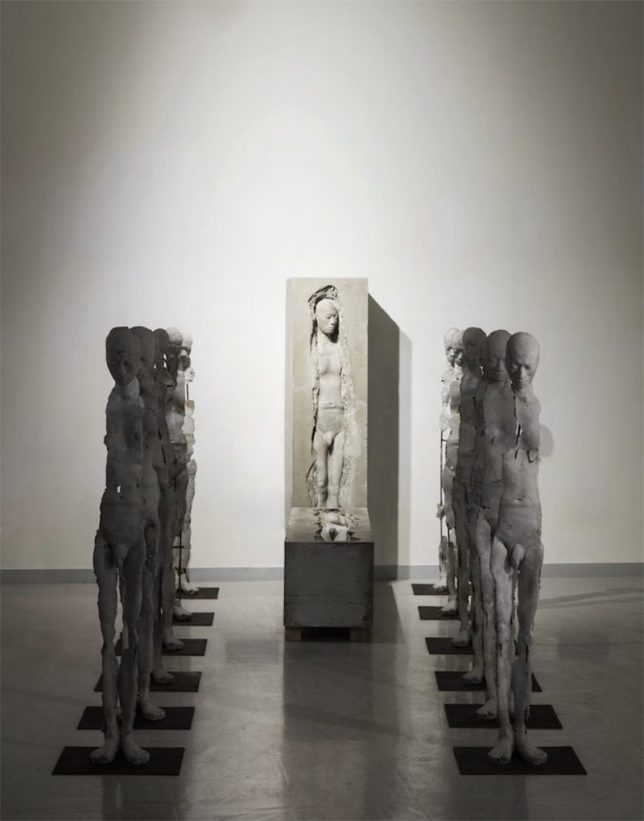












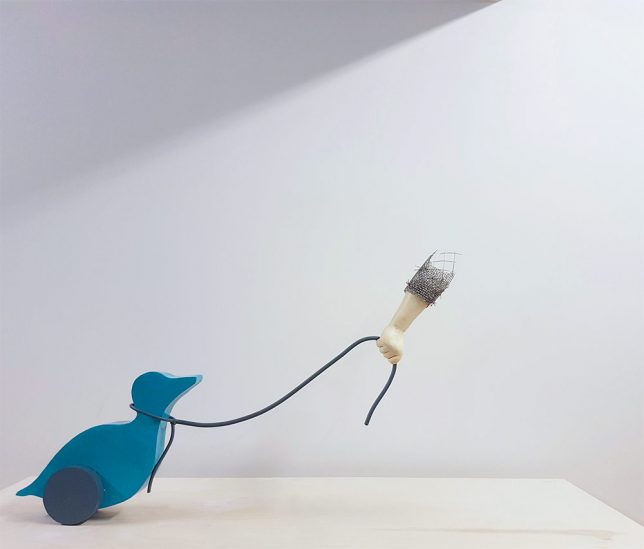

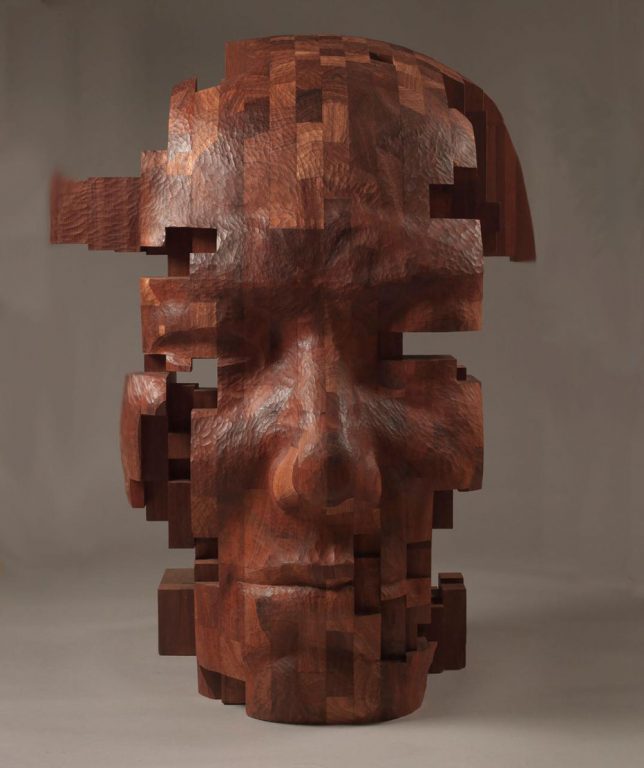

























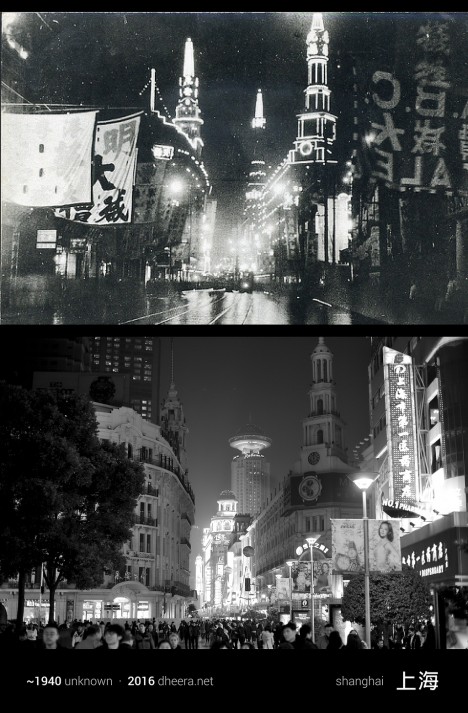








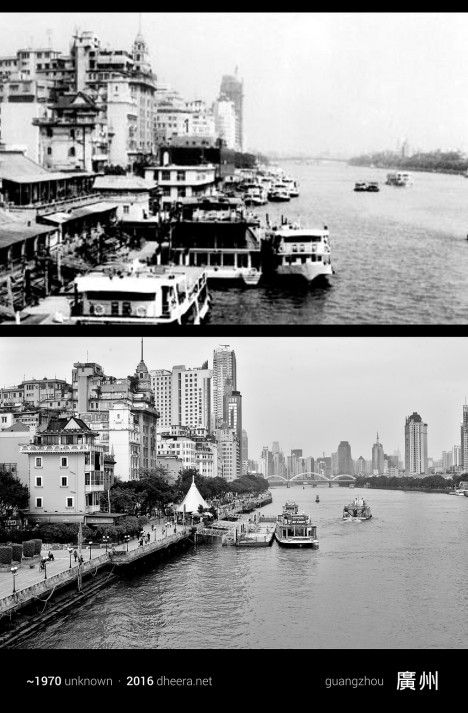



















You must be logged in to post a comment.